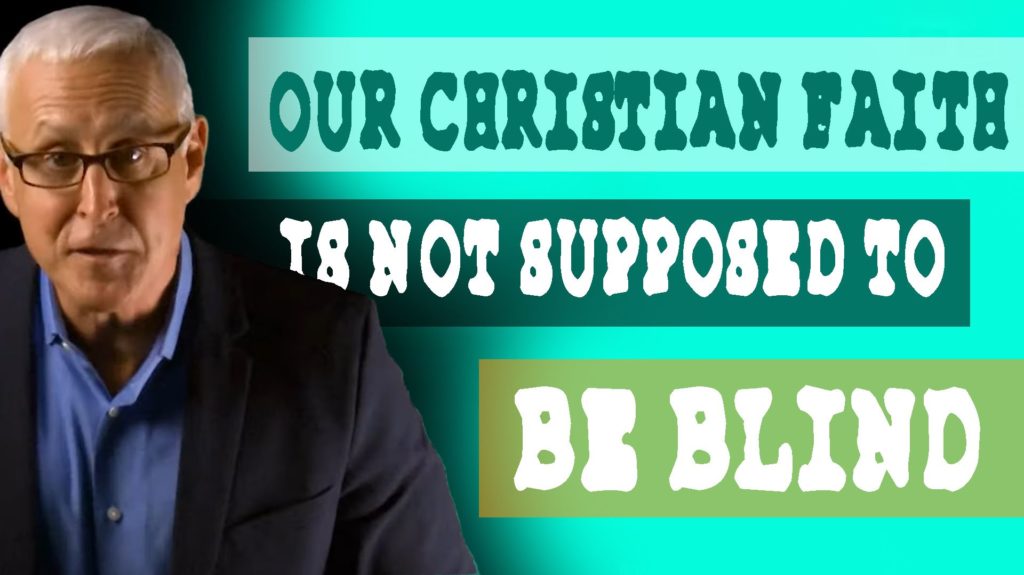
Areas of Confusion in Dispensationalism Definition by John F. Walvoord, Chancellor and Professor Emeritus of Systematic Theology, Dallas Theological Seminary.
In the twentieth century many strides forward have been made in interpreting the doctrines of Scripture, especially eschatology and dispensationalism.
In this area of theology The Scofield Reference Bible played a major part. Written originally by C. I. Scofield in 1909, he revised it in 1917.
After World War I and after Scofield’s death in 1921
The Scofield Reference Bible became an unusually popular study Bible. The Bible conference movement became prominent in this country,
and Bible teachers in those conferences
often recommended The Scofield Reference Bible.
As a result millions of copies were sold,
and the views presented in that study Bible became the views of
numerous Bible institutes and many evangelicals of the twentieth century.
This situation changed after the 1930s and in the decade that followed.
Many seminaries that were formerly orthodox had turned liberal.
Then as their graduates were called to churches that were traditionally orthodox, clashes occurred between pastors and their congregations.
If a pastor opposed the doctrinal convictions of his congregants,
he would have to challenge the doctrine of inspiration, the virgin birth,
and similar issues, and this would immediately cause his people
to raise questions about his own theology.
A number of pastors discovered that most of the people who opposed them were carrying Scofield Reference Bibles, and
one of the distinctive factors of the Scofield Bible is that it is dispensational.
Therefore those pastors hit on the scheme
of attacking dispensationalism as a heresy.
Because most people did not have clearly in mind what dispensationalism involved theologically, this tactic helped protect those pastors
from questions about their own theology
and it put those in the pew on the defensive.
Conservative amillenarians saw an opportunity to further their cause, and attacked dispensationalism as a departure from the Protestant Reformation. Their motto was “Back to the Reformation” as the cure for apostasy.
The Reformation did not deal with the subject of dispensationalism. So these theologians went back to Augustine and his amillennial eschatology.
In the ensuing controversy many liberals attacked dispensationalism.
But what they were really attacking was fundamentalism, premillennialism, pretribulationism, and the inerrancy of the Bible. In the process, liberals wrongly identified “dispensationalism” with fundamentalism.
Characteristic of the attacks on dispensationalism
is that its opponents say it is heretical.3
Their approach is often characterized by prejudice and ignorance
rather than careful study of the Scriptures
and of the history of dispensational thought.
One example of this characterization occurred when a woman indicated to me that in a conversation with her pastor she mentioned that her nephew was a student at Dallas Seminary.
The pastor immediately replied, “That seminary is heretical.”
When she asked him why he felt that way, he answered that it was dispensational. Then she asked, “What is wrong with dispensationalism?” He replied, “I don’t know, but it’s bad.”
When amillenarian ministers are asked, “What is wrong with dispensationalism?” many of them cannot give an acceptable answer.
The widespread prejudice and ignorance of the meaning of dispensationalism was illustrated when I was asked by a prominent Christian publication to write an article on dispensational premillennialism. In my manuscript I referred to The Divine Economy, written in 1687, in which the author, Pierre Poiret (1646-1719), discussed seven dispensations.4
The editor omitted this from the manuscript, and when I protested, he said, “That is impossible because John Nelson Darby invented dispensationalism.”
It would be difficult to find a statement more ignorant and more prejudicial that that.


Comments